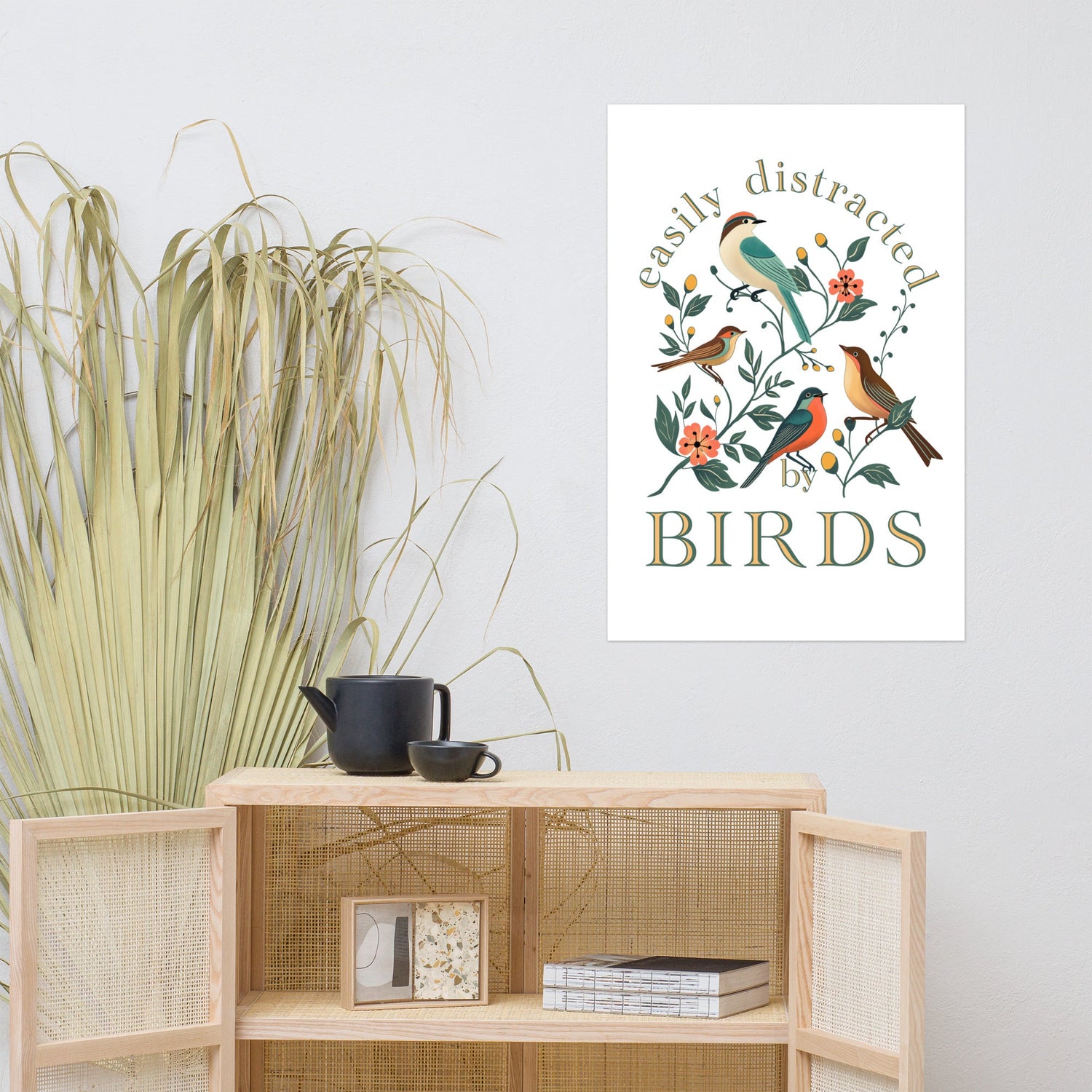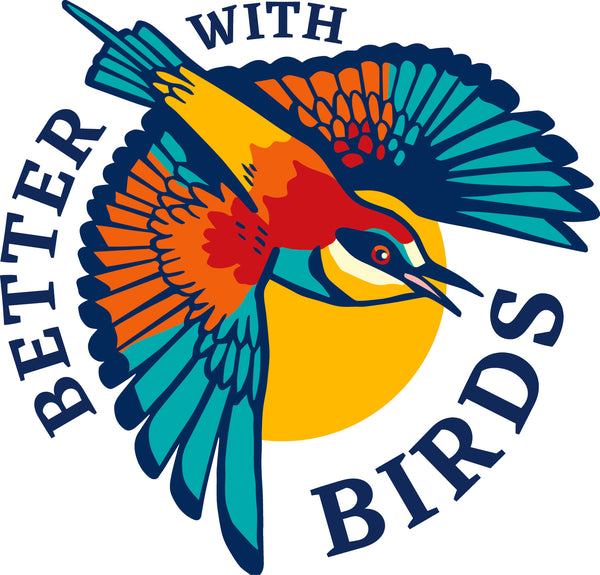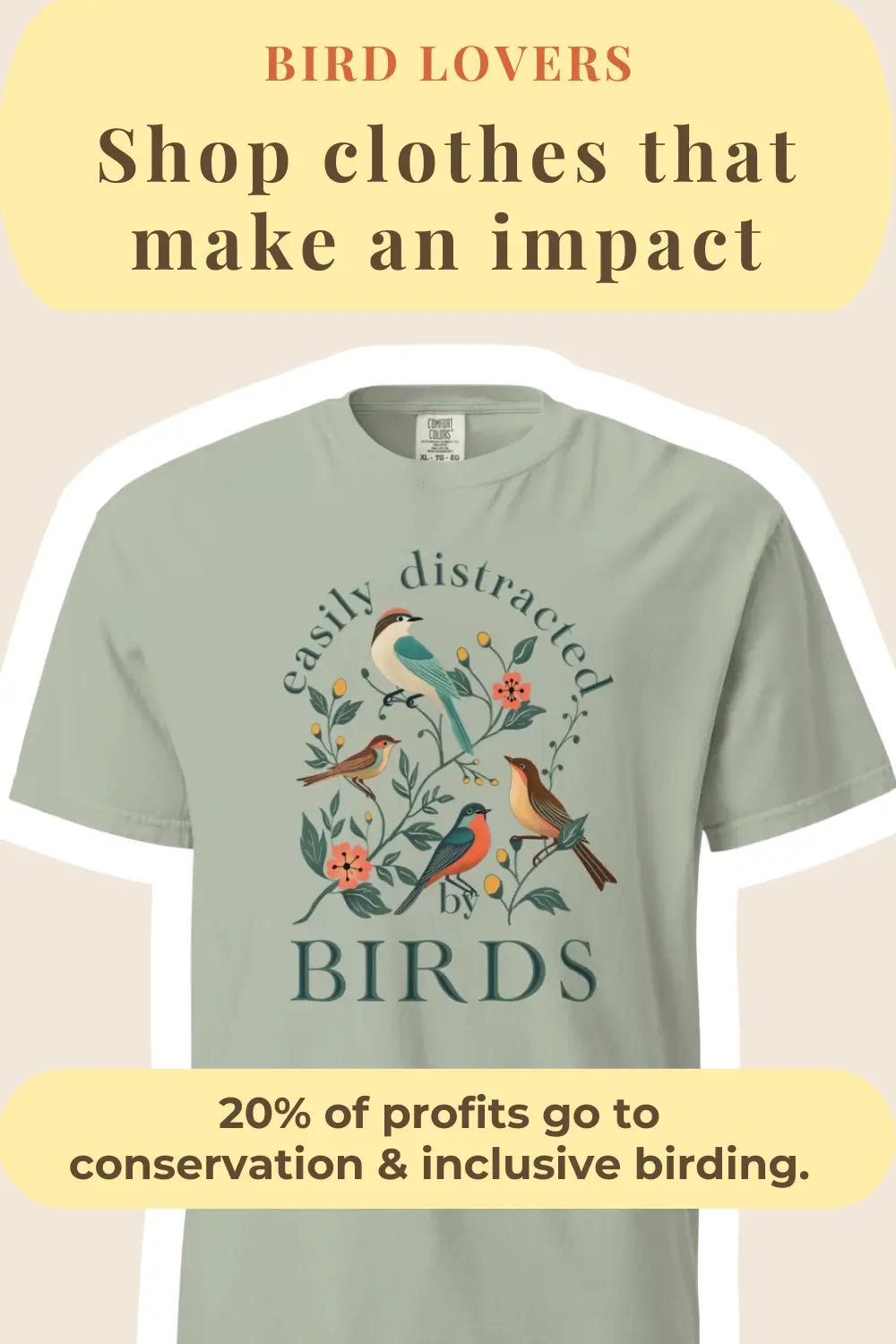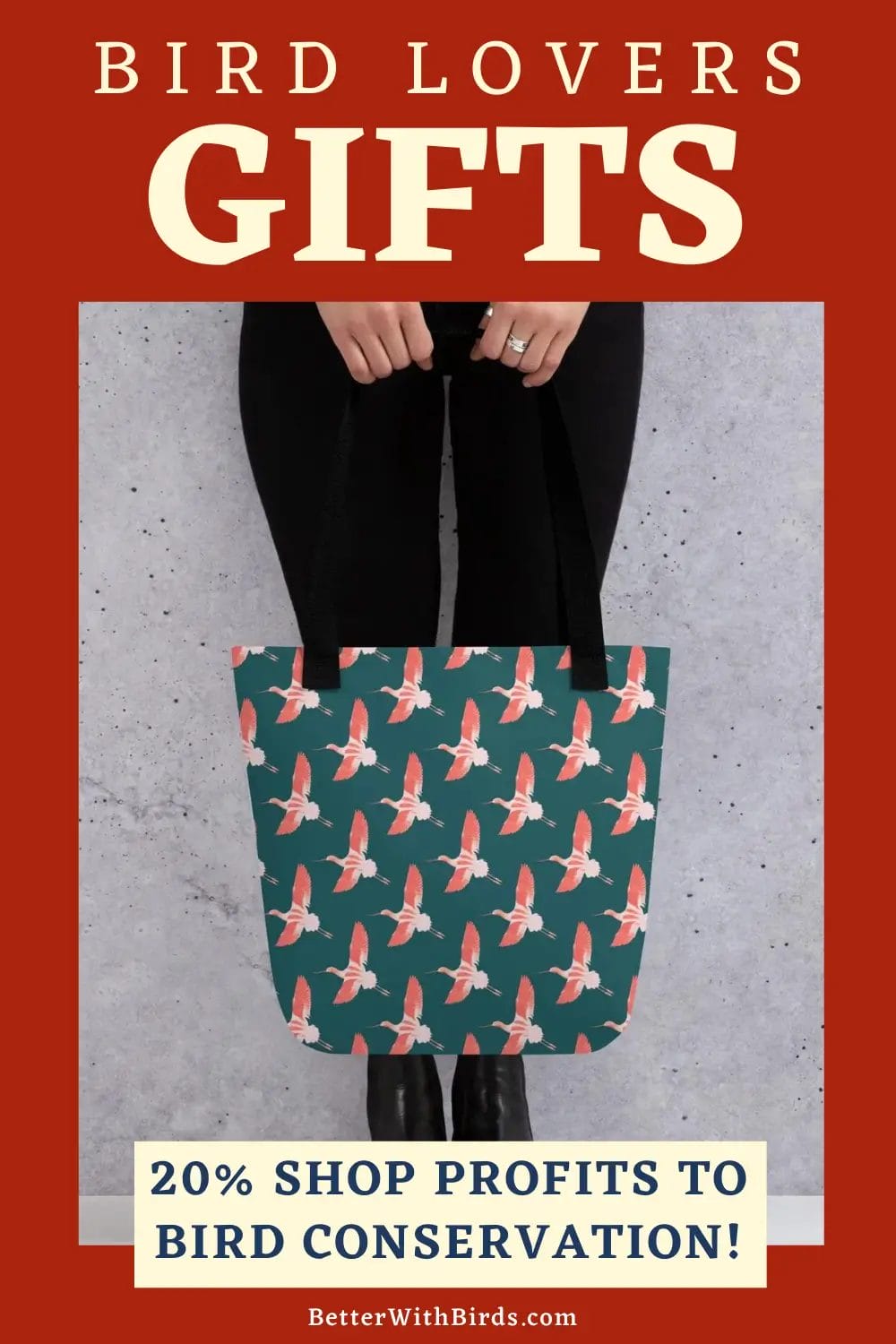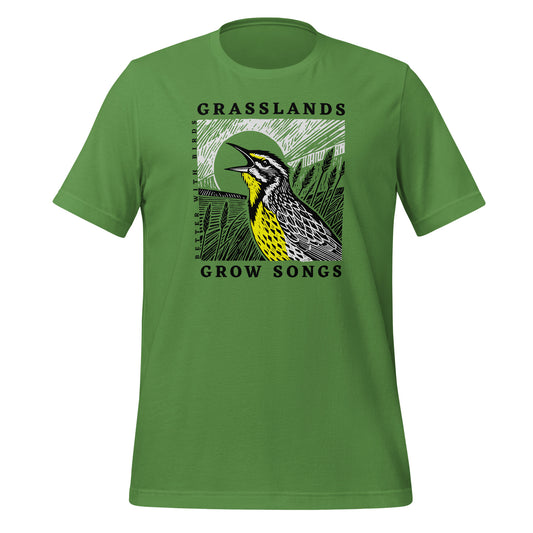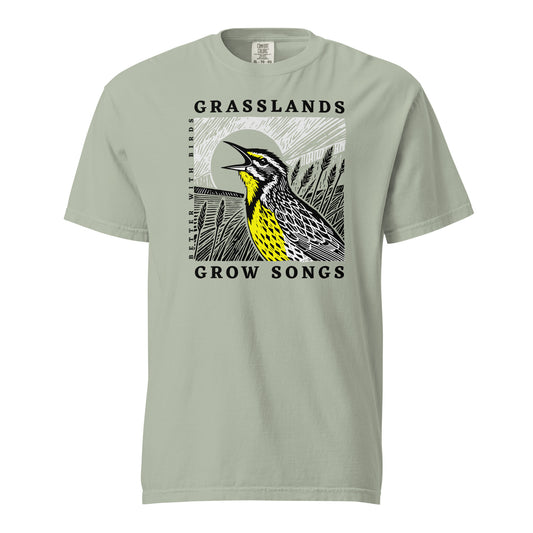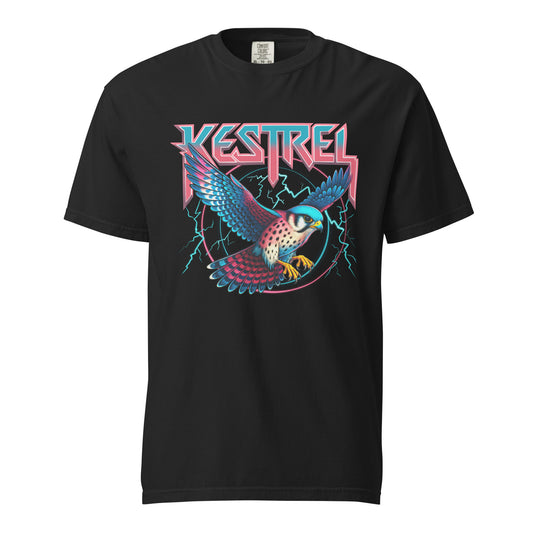How to Keep Birds from Flying Into Windows
Feature Photo: Somchai Krongsomboon / Shutterstock
Read Time: 5 minutes
Birding Gear , Bird Gear for the Home , Bird-Friendly Yards , Tips & Advice
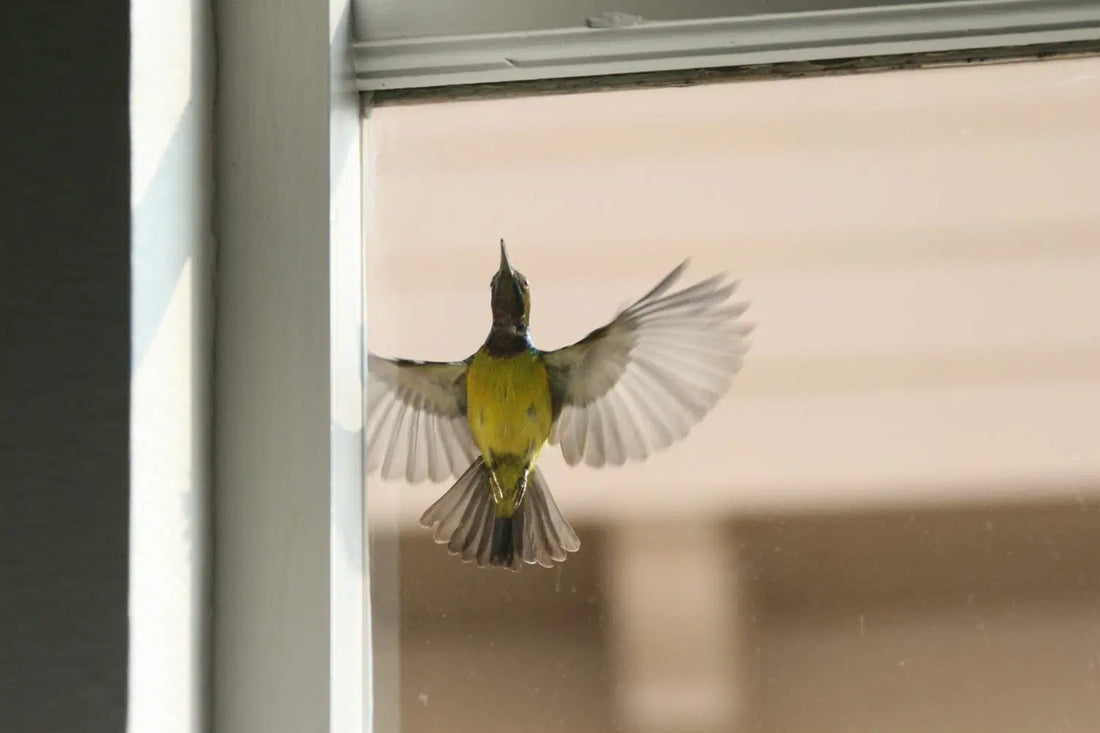
This post contains affiliate links. If you use these links to buy something, we may earn a commission at no additional cost to you. We only recommend products we fully support or use ourselves. Our full disclaimer
PIN THIS FOR LATER
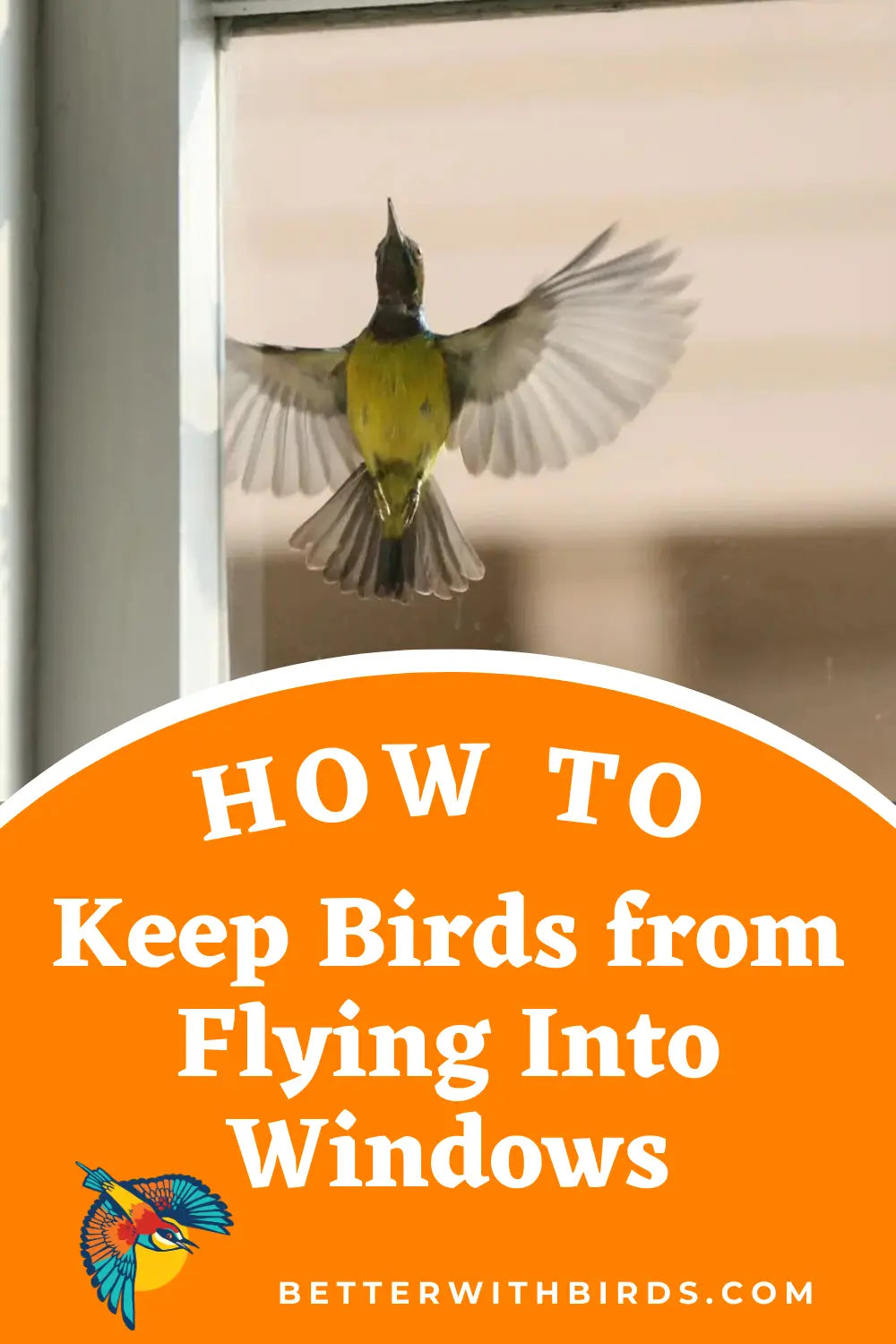
That sickening thud against your window – we’ve all heard it. You rush over, heart sinking, hoping the bird just stunned itself and flew away. Sometimes you’re lucky, but other times you find a motionless bundle of feathers below your window. As a bird photographer, it’s particularly heartbreaking for me – and if you’re reading this, you probably want it to stop happening to you too.
If it helps ease the guilt, know that window strikes kill hundreds of millions of birds annually in the US alone. The good news is that you can take steps to prevent these tragic collisions with some simple changes to your home.
Why Birds Fly Into Windows
Before jumping into solutions, it helps to understand why this problem happens in the first place. And no, unlike in cartoons, birds don’t actually fly into windows because they’re turning their heads and looking at something. It generally comes down to one of three reasons:
The Mirror Effect
Unfortunately, birds don’t understand glass, so when they see the reflection of trees, sky, or landscape in your windows, they think it’s the real thing and fly straight toward it. This is especially true with modern energy-efficient windows that have excellent reflective properties – these are great for your energy bills, but not so great for our feathered friends.
See-Through Illusion
Sometimes birds see through your house to windows on the opposite side and think they can fly straight through, and this tends to happen a lot with corner windows, or glass walkways where birds spot vegetation on the other side and think they have a clear flight path.
Territorial Behavior
During breeding season, birds (especially robins, cardinals, and bluebirds) sometimes attack their own reflections in windows. They think they’re defending their territory against rival birds, exhausting themselves in repeated attacks against the “intruder.”
We give 20% of all shop profits to bird conservation & inclusive birding efforts.
Best Solutions for Preventing Window Strikes
Now for the stuff you can actually do to stop turning your home into an accidental bird trap:
Apply Window Decals or Stickers
Those little hawk silhouettes you see on windows? They work, but not for the reason most people think. Birds don’t avoid windows because they fear predators – they avoid them because the decals break up the reflection. But here’s the catch: you need multiple decals spaced no more than 4 inches apart. One lonely hawk sticker won’t cut it.
I’d generally recommend using decals that have UV coatings, which are visible to birds but nearly invisible to humans. This way, they’ll remain effective without turning your home into a kindergarten art project. (Unless you’re into that, of course).
Install External Screens or Netting
You can also try external screens or netting placed a few inches in front of your windows – this creates a buffer that cushions birds if they do fly toward the glass. As a bonus, screens cut down on glare and can even lower your cooling costs in summer, so win-win!
Use Window Films
Window films are also an option – these can be applied to the outside of your glass window to reduce reflectivity while still allowing light through. They come in various patterns from nearly transparent to decorative, inspired by testing of what birds can actually see and avoid.
Create Soap or Tempera Paint Patterns
For a quick temporary fix during high-migration seasons, you can also try applying tempera paint or soap in patterns directly on your windows. It’s cheap, effective, and don’t worry, it washes off easily! Kids will likely love helping with this too – they can create patterns while helping save birds!
Adjust Your Blinds and Curtains
Leave blinds half-open or curtains partly closed to break up the see-through effect, which can help significantly reduce collisions, particularly in situations where birds can see straight through to vegetation on the other side of your house.
Seasonal Considerations

Your bird collision prevention strategy might need seasonal adjustments for best results.
Migration Seasons Require Extra Vigilance
Spring and fall migration periods are when you’ll see the most window strikes. During these times, birds are traveling through unfamiliar territory and may be exhausted, making them more vulnerable to window collisions, so you’ll want to take extra precautions during March-May and September-November.
Night Lighting Matters
Many birds migrate at night and can become disoriented by bright lights, so if you’re in a migration path, it can be a good idea to draw your curtains after dark. You can also turn off unnecessary outdoor lights during peak migration seasons to avoid attracting their attention (and save some money on your bills at the same time, woo!)
Winter Window Protection
When it comes to the darker winter period, the contrast between your warm, bright home and the dark outdoors makes your windows particularly dangerous for our feathered buddies. You can make them safer for birds by closing your curtains or blinds after dark.

Final Thoughts
Preventing bird window strikes takes a bit of effort, but it’s worth it. Each window you modify could save dozens of bird lives every year, so if you do take the time to make these simple changes, you’re not just protecting birds – you’re helping preserve the wonder and beauty they bring to our world.
If you become more interested in observing these fascinating creatures safely, check out our top bird photography lenses for capturing amazing images from a respectful distance.
And if you want to show off your bird-friendly philosophy, our bird-themed apparel collection is the perfect gift, from you to you!
So next time you’re sipping your morning coffee by the window, you can enjoy the birds outside instead of worrying about them – and they can go about their bird business without your windows getting in their way.
